Winter is coming! And you’re probably wondering if the existing double bubble insulation in your walls is enough to keep you and your family warm during the cold season. Should you add an extra layer of spray foam? Well, look no further because the research has been done for you. So, get warm and cozy and scroll down for the solution.
Yes, you can, but with some caveats. Essentially, applying spray foam directly over double bubble insulation would render the radiant barrier ineffective since it requires air space on one side. You’d have wasted your money on that initial barrier.
However, if the intention is to create a second line of defense with additional insulation, as long as you’ve created proper air space to hold radiant heat, then you’ve got yourself a system that could potentially save you a good deal on your energy costs!
Who doesn’t love cost-cutting tips? Keep reading as we break down the best solutions to applying spray foam over your already-insulated home.
Understanding Radiant Heat
By definition, radiant heat is energy transmitted by electromagnetic waves. In this scenario, that energy is the sun. As the sun’s heat travels through our atmosphere and lands on your roof, the double bubble barrier will reflect most of that energy back into space, reducing the majority of the heat into your home.
However, an air gap is required for that barrier to work.
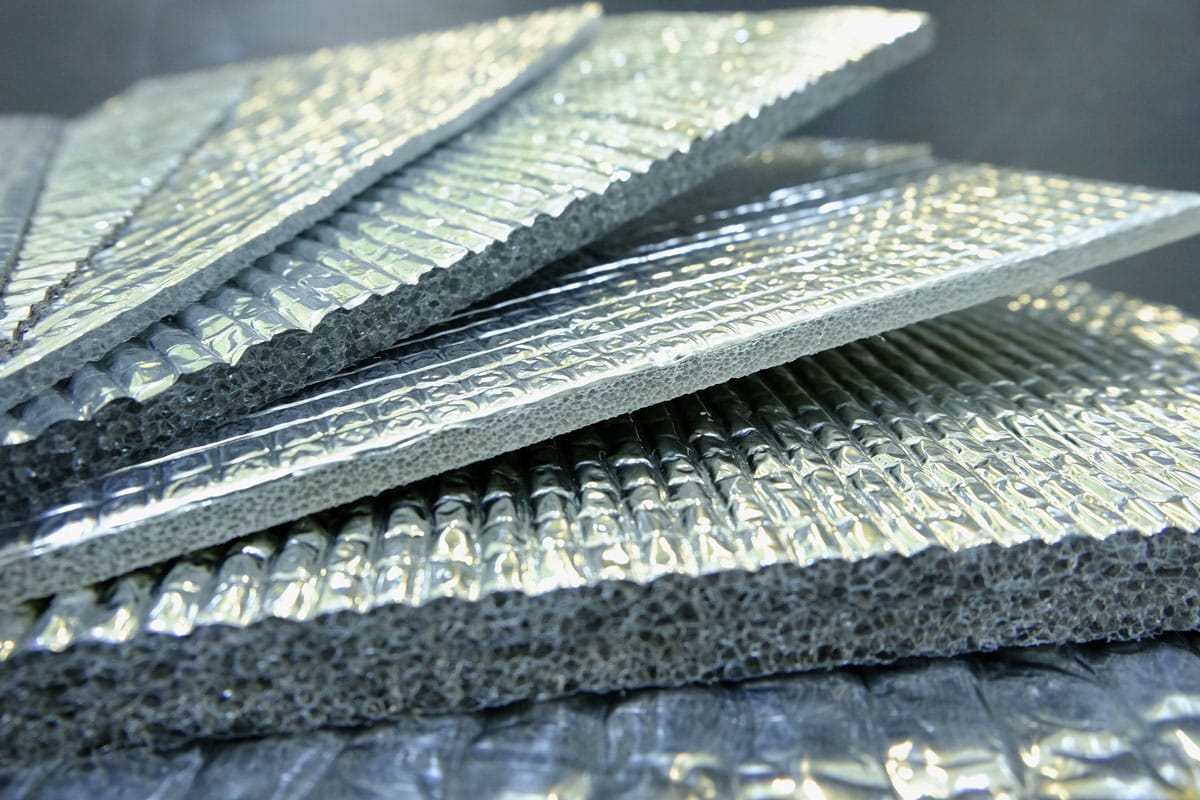
Understanding Conductive Heat
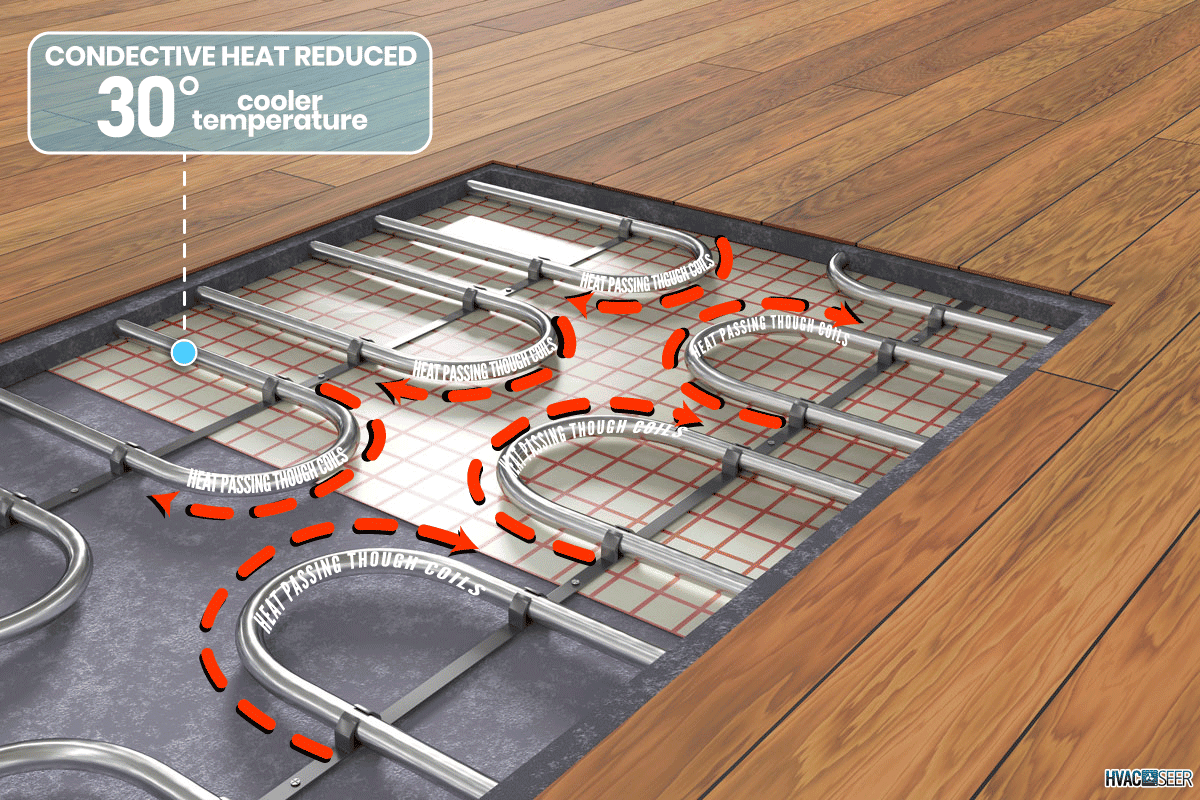
As the heat passes through the radiant barrier, it then becomes conductive heat. Think of it as a boiling pot on a stove. The heat is transferred from the fire, heating the pan while an air gap cools the pot handle so that you don’t burn yourself to the touch.
As double bubble insulation works, the conductive heat in your attic is potentially reduced up to 30° cooler compared to the temperature outside.
Understanding Spray Foam
Spray polyurethane foam is a plastic material used to insulate a home while keeping it airtight. The benefit of this allows the home to stay cool during the warm seasons and warm during the cold seasons.
This effectively makes the building energy efficient. According to research done by the U.S. Environmental Protection Agency (EPA), you could potentially save up to 20% on your monthly energy bills by sealing air leaks around your home.
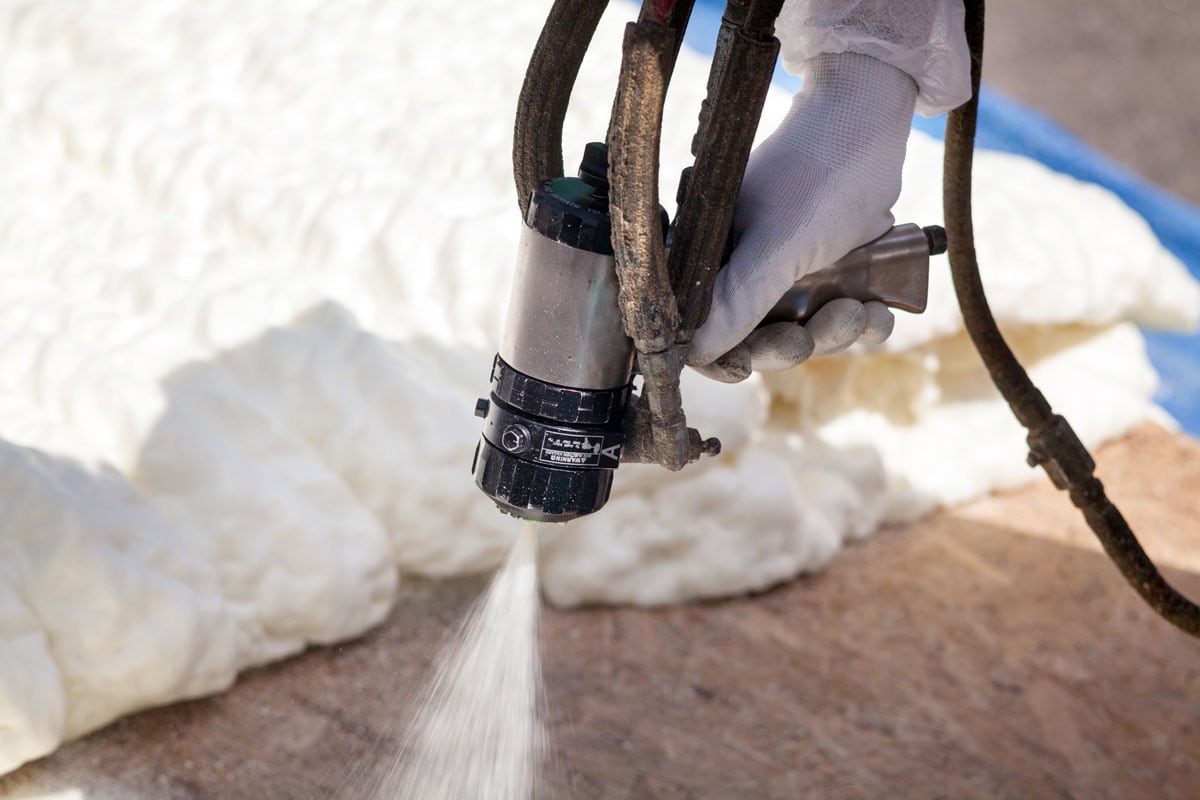
Spray Foam Directly Over Double Bubble
Applying spray foam over the double bubble insulation cancels out the radiant barrier's effectiveness since the heat has nowhere to go. Additionally, this entrapment of heat could also create condensation, leading to mold.
The best solution to integrate the spray foam over the radiant barrier would be to first ensure adequate air space on both sides of the barrier. Read on for more details.
Also, check out: "What Is The R Value Of Bubble Wrap? [Is It A Good Insulator?]"
The Ultimate Insulation System
There is a solution to radiant heat technicalities to include spray foam as part of your home’s insulation system. This would be to create a second roof deck system. Obviously, this option will not be cheap, but the result would be a cooling system that is energy efficient.
With a double-deck roof, there would essentially be enough air space for the radiant barrier to work. Each layer would act as a “filter,” reducing the heat as it passes through each one. As a result, the double bubble layer would first reflect the heat, while the airtight spray foam layer slows any energy left over.
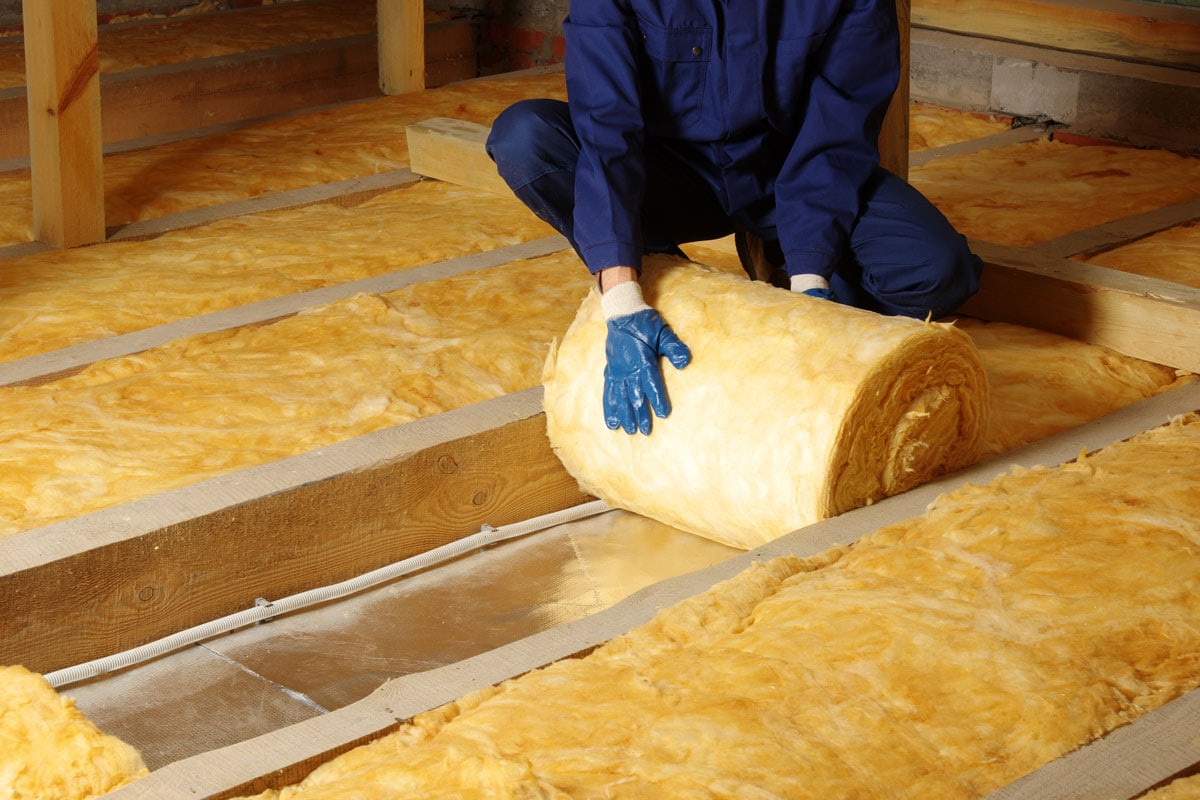
A Creative Solution
In some rare instances, there could be a reason to actually apply spray foam directly onto the radiant barrier. In the middle of the build, although doing so would negate the radiant barrier's effectiveness. See how this contractor decided to work against the norm.
Before you decide to follow this solution, be reminded that he is a professional contractor who has been in the business for many years. You should consult professional advice pertaining to your own build or current structure.
Can you spray foam on rigid insulation?
Yes, there is no issue with spray foam being applied to rigid foam insulation. Just be sure that the old insulation is dry and not damaged so that there will be no mold build-up in the future.
Where should you not use spray foam insulation?
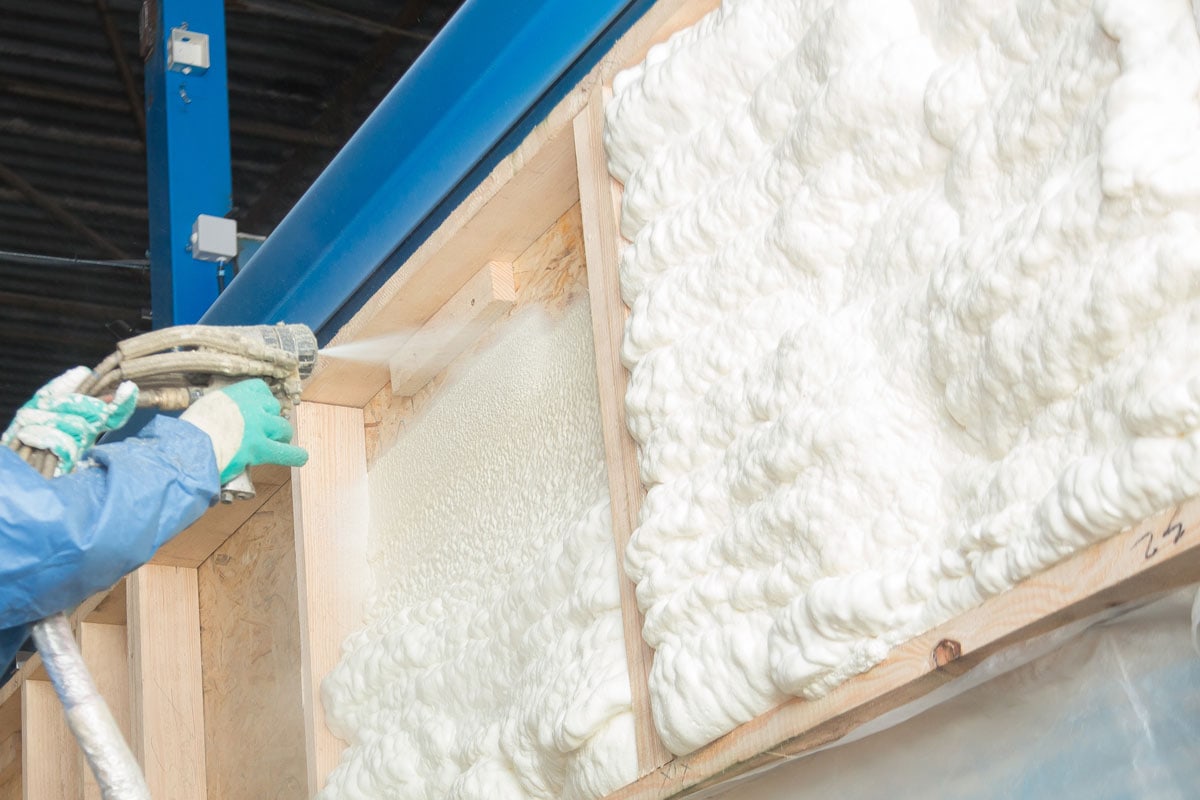
When it comes to anything electrical-related, avoid using spray foam. This includes electrical boxes and recessed can lights. There is a potential to damage electrical parts and/or introduce flammable chemicals to the electrical box.
In the same vein, it is recommended not to use expanding foam near a spark or open flame. When in doubt, always consult an electrician or other professional before proceeding.
Since spray foam expands at an unpredictable rate, it is highly recommended not to use it for closed-cavity spaces. For this, it is better to use injection foam since it expands much slower and is safer.
Lastly, you should not use spray foam if you have a sensitivity to chemicals that would cause skin or respiratory issues. Spray foam contains highly reactive chemicals which could exacerbate any pre-existing conditions.
Does spray foam insulation devalue your house?
If applied properly, spray foam should not devalue your home. In fact, in some instances, it could potentially increase the value since it is a highly effective system of insulating the building, which can save the homeowner on future energy costs.
What does spray foam insulation not stick to?
Spray foam will essentially bond with most substrates - cement, wood, stone, brick, etc. However, when introduced to moisture or a wet surface, the foam insulation becomes ineffective and unstable. So, be sure that the area is dry before application.
In Summary

When it comes to insulating your home, there are many options out there. If you decide to hire a contractor to do the work for you, hire the right people who understand your goals.
But, if you’re already knowledgeable in how heat transfers through radiant barriers, you can get creative and design a home that is highly energy-efficient and lasts for years to come.
